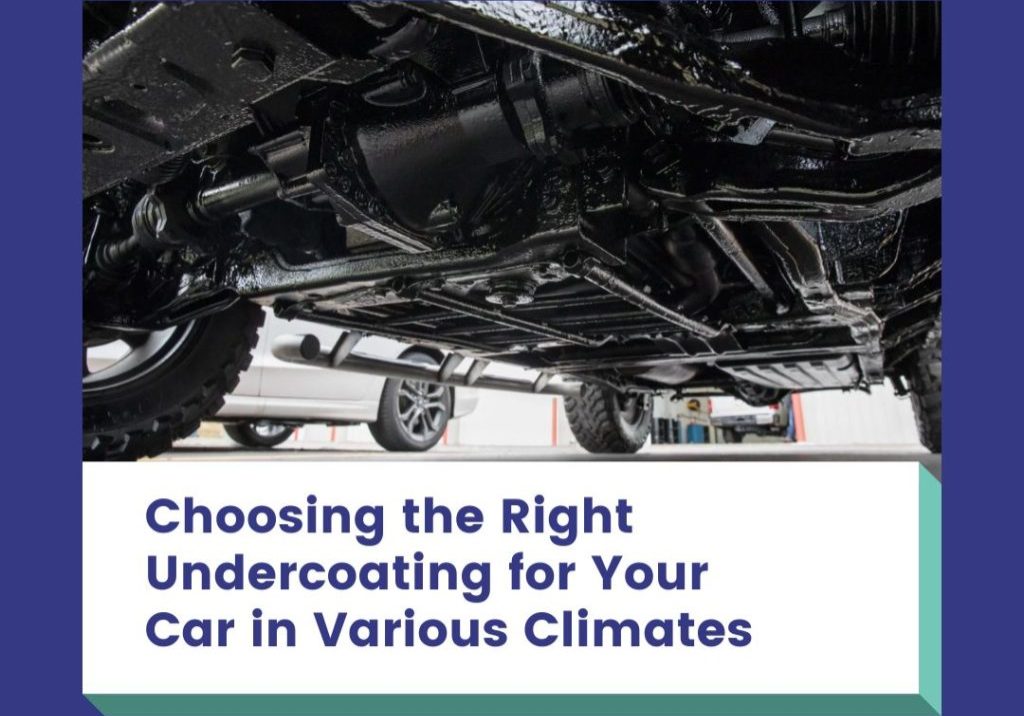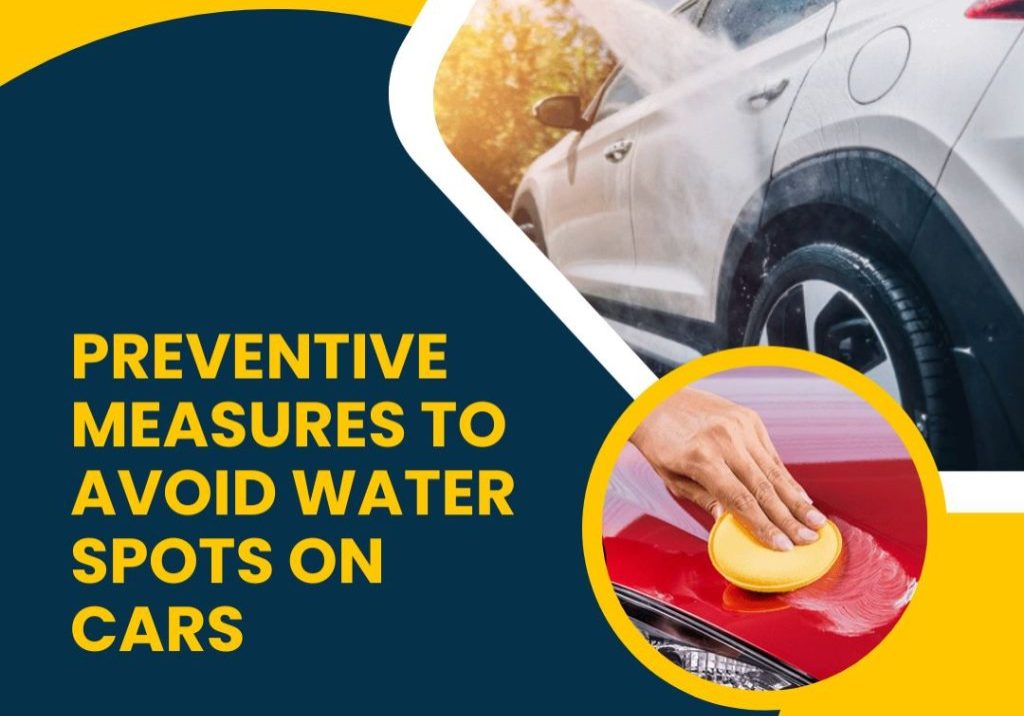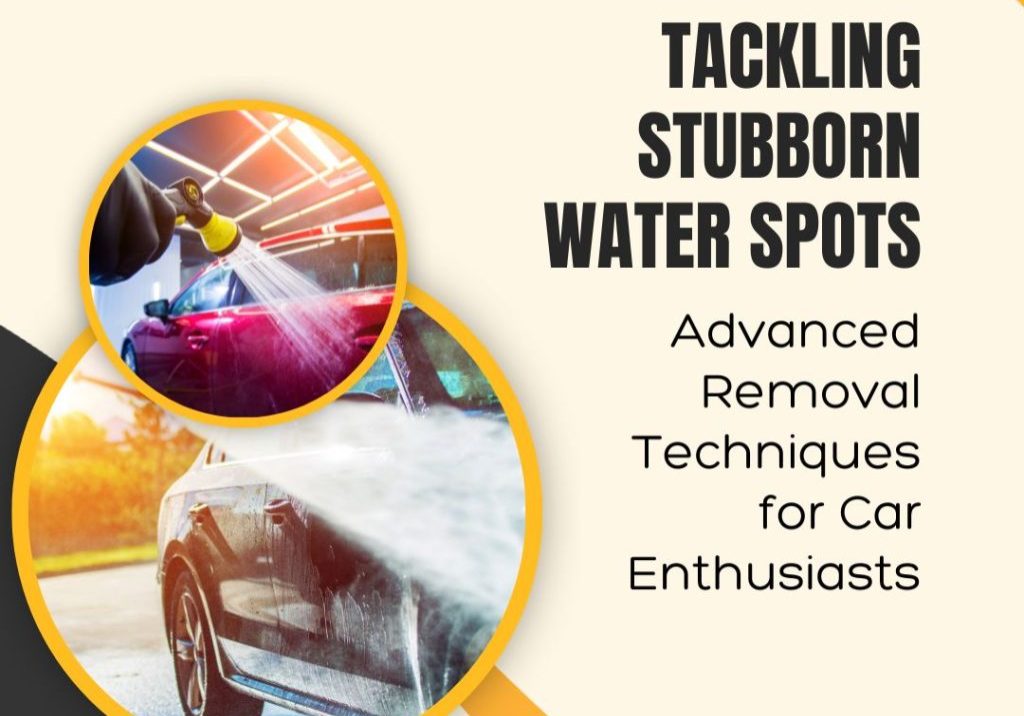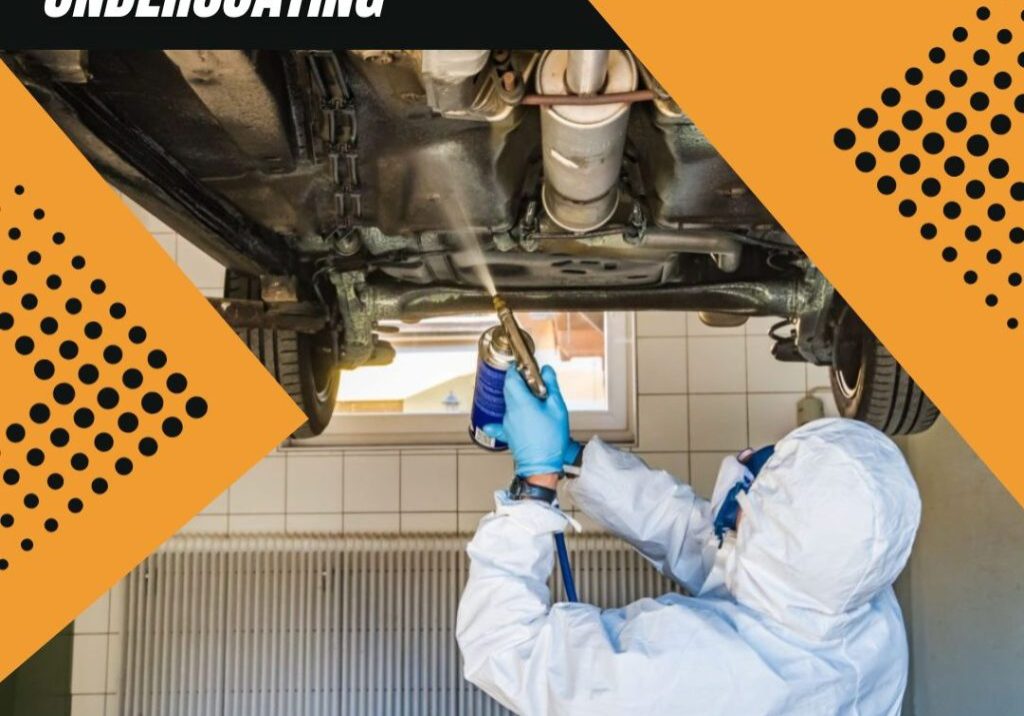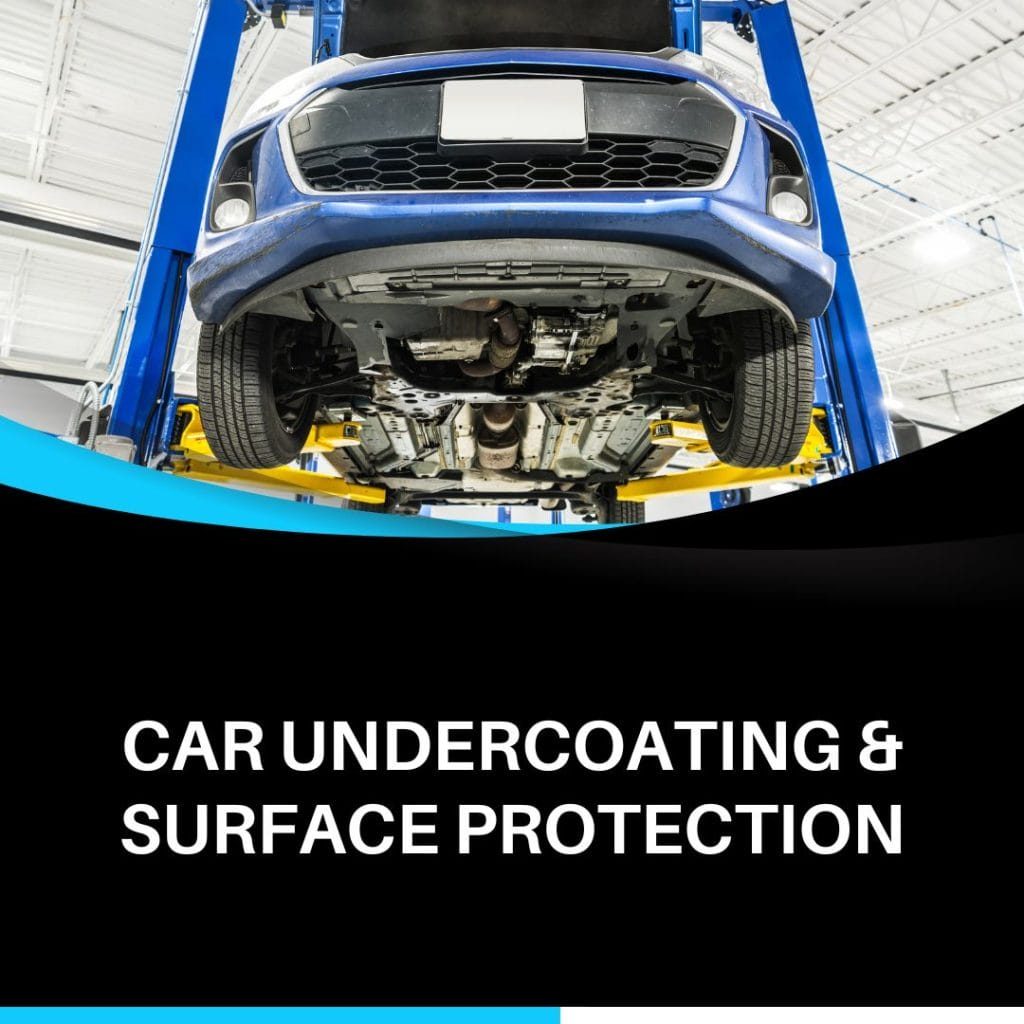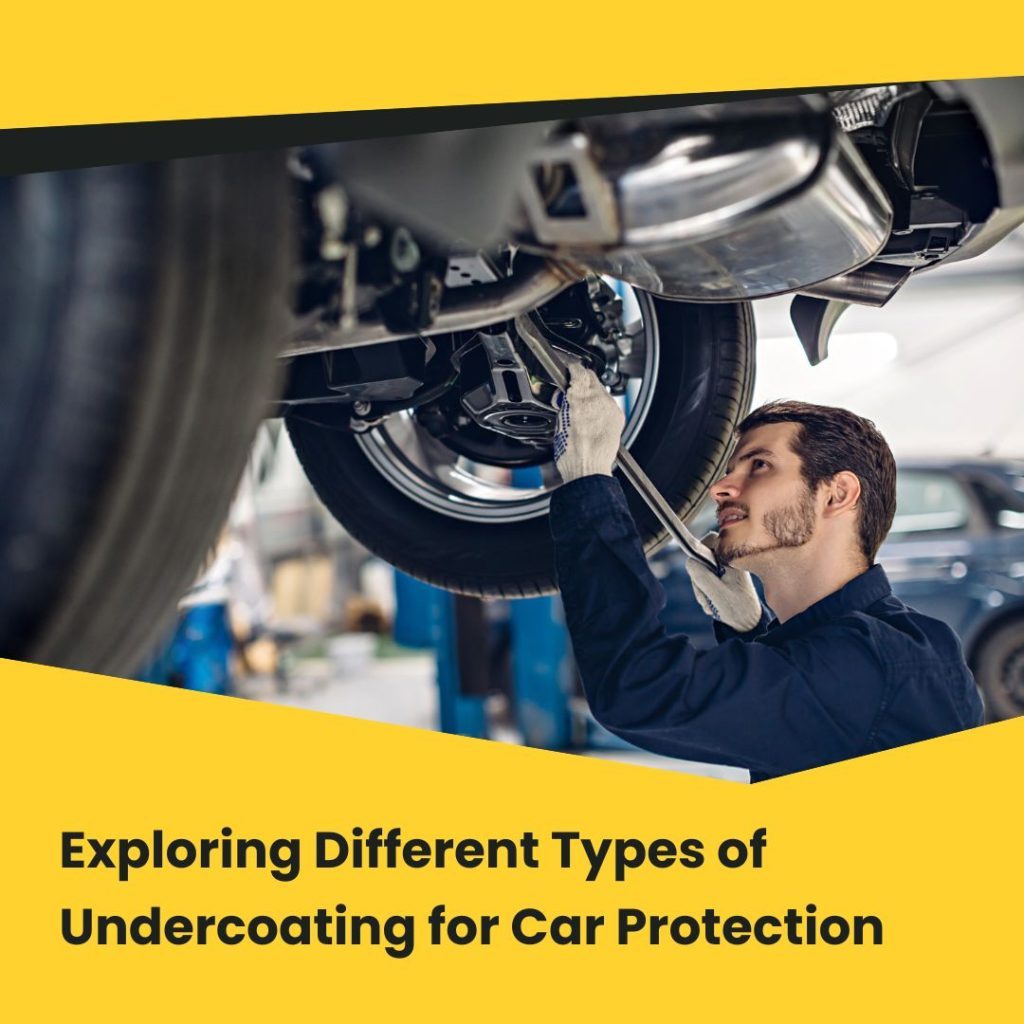Looking to maintain the flawless appearance of your car or truck? Water can be a significant adversary, posing a threat to the finish and glass of your vehicle, particularly if it boasts dark-colored paint. Whether it’s rain or water from a cleaning hose, almost any type of water can leave undesirable marks that are more pronounced on darker paints.
If you’ve ever been frustrated by the appearance of unsightly water spots on your vehicle, you understand the challenge they present. These small, white-edged circles not only impact the aesthetics but also prove resistant to removal. Wiping them with a cloth or attempting to rinse them off often leads to their persistent return.
Fortunately, there’s a solution: with prompt action and the right tools, getting rid of water spots is not only possible but achievable. Delve into this guide to uncover the secrets of effective water spot removal.
What Causes Water Spots?
Water spots on a vehicle can result from various sources, including rain, sprinklers, or the water hose typically used for weekend car washes. Ironically, the very water intended for cleaning can mar the vehicle’s appearance. The water used to wash your car, if not properly addressed, can leave behind unsightly spots that have the potential to compromise the integrity of the paint.
These water spots are formed due to trace elements such as calcium, metals, and acidic components from air pollutants, which are present in most water sources. As the water evaporates, these persistent elements linger, imprinting spots on your vehicle. Their presence goes beyond mere aesthetics; depending on their composition, they may pose a threat to your vehicle’s paint if not promptly dealt with.
How to Prevent Water Spots
Several effective strategies can be employed to ensure your vehicle remains free from the nuisance of water spots. Implementing these measures will not only preserve your car’s aesthetics but also contribute to the health of its paint.
Always bear in mind that swift drying is crucial when cleaning your car. Whenever you wash your vehicle, make it a priority to thoroughly dry it using high-quality microfiber cloths and towels. By promptly removing all residual water and avoiding air drying, you minimize the risk of water spots forming.
Furthermore, don’t limit your efforts to washing alone. Incorporate the use of a detailing spray after washing. This serves as a protective layer, enhancing the surface’s resistance to water and reducing the likelihood of those stubborn spots.
While Mother Nature may have her own plans, make an effort to shield your car from unplanned showers. If possible, park your car in a garage, providing a secure haven from rain, dew, and other unpredictable elements. If indoor parking isn’t available, strategically choose an outdoor spot away from sprinklers or other potential water sources.
In the event that your car is unexpectedly exposed to water, time is of the essence. Act swiftly and don’t allow water spots the luxury of time to dry and etch — the longer they linger, the deeper they become embedded. Identify them promptly and devise an immediate plan of action to remove them.
Eco-Friendly Techniques for Removing Water Spots from Cars
Water spots have the potential to detract from your vehicle’s flawless appearance. Thankfully, with the appropriate techniques and tools, you can bring back its shine. Here is a comprehensive guide detailing four proven methods.
Why Choose Natural Methods
Choosing natural methods to tackle water spots comes with numerous benefits. Firstly, these natural solutions are environmentally friendly and sustainable, ensuring that you avoid introducing harmful chemicals into the ecosystem. Moreover, they tend to be cost-effective, as many of these natural ingredients are readily available in households.
In addition, natural methods are gentle on your vehicle’s surface, minimizing the risk of unwanted abrasions or chemical reactions that could potentially harm the paint. In summary, opting for a natural approach is a safe, effective, and responsible way to preserve your car’s appearance.
Method 1: Vinegar Solution Spray
Distilled white vinegar serves a dual purpose—it’s not only a kitchen staple but also an effective remedy for stubborn water spots.
Initiate the process by thoroughly washing your car. Then, create a solution by mixing equal parts of water and distilled white vinegar in a spray bottle. Ensure proper amalgamation by shaking the bottle well.
Proceed to spray the solution onto your vehicle’s surface, concentrating on one section at a time. Allow it to sit for a few minutes, allowing the vinegar to dissolve the mineral deposits. Subsequently, rinse the area with fresh water. Conclude the process by using a microfiber cloth to dry your car, preventing the formation of new spots. A word of caution: the vinegar may remove any existing protective wax on your car. Therefore, after employing this method, consider applying a fresh coat of wax for enhanced protection.
Method 2: Vinegar-Soaked Towel Technique
For more stubborn or concentrated water spots, soak a towel or sponge in the vinegar-water solution. Lay this dampened towel directly over the affected areas and allow it to sit. The prolonged contact enables the vinegar to penetrate more effectively. After a few minutes, remove the towel, rinse as previously instructed, and always ensure thorough drying of your car.
Method 3: Commercial Water Spot Removers
Occasionally, a stronger solution may be required, and this is where commercial water spot removers come into play. These products are formulated specifically to address water spots and often contain added ingredients to ensure safe usage. Follow the manufacturer’s guidelines for optimal results. Similar to vinegar, keep in mind that these removers might strip off your vehicle’s wax, so be ready to reapply wax if necessary.
Method 4: Clay Bar Magic
For persistent spots that resist other approaches, the automotive clay bar proves to be a solution. Crafted from a special resin, this unique tool effortlessly lifts surface contaminants, including water spots.
By delicately moving the clay bar across your car’s exterior, you not only eliminate water spots but also address other pollutants such as rail dust and brake dust. Consider it a thorough cleansing for your vehicle’s outer surface. As an additional benefit, the clay bar often imparts a silky-smooth finish to your car, making it ready for a fresh waxing session or simply shining on the road.
What To Do When Water Spots Won’t Come Off
If you’ve tried all the solutions mentioned earlier and those persistent water spots continue to resist removal, it’s possible they have become ingrained. Prolonged exposure to these spots may result in mineral etching, where contaminants from evaporated water penetrate beneath the car’s surface, causing noticeable damage to its paint.
In such cases, polishing could be your next viable option. A thorough polishing session can help diminish the visibility of these marks, restoring some of the car’s shine. However, in extreme (though uncommon) situations where mineral etching is deep and pronounced, the only solution may be applying a fresh coat of paint. It’s advisable to consult with a professional auto detailer or body shop to assess the extent of the damage and receive expert guidance.
Frequently Asked Questions (FAQs)
Can high mineral content in hard water lead to more noticeable water spots on my vehicle?
Certainly, hard water has an elevated concentration of minerals such as calcium and magnesium. As this water evaporates, these minerals can result in more conspicuous water spots compared to those left by soft water.
How frequently should I apply a detailing spray on my car or truck?
The recommended frequency for using a detailing spray depends on your surroundings and how often your vehicle is exposed to potential water sources. It is advisable to apply a detailing spray after every wash or, at the very least, once a month. This practice adds an extra layer of protection against water spots.
Is vinegar safe for my vehicle’s paint?
When appropriately diluted with water, vinegar is generally safe for your vehicle’s paint. However, it’s always prudent to conduct a test on a small, inconspicuous area first. Keep in mind that vinegar can remove wax, so consider reapplying wax after using vinegar.
How often should I use a clay bar on my vehicle?
For routine maintenance, utilizing a clay bar twice a year is typically sufficient. However, if your vehicle is regularly exposed to contaminants like rail dust, and brake dust, or if persistent water spots are noticed, more frequent clay bar treatments may be necessary.


